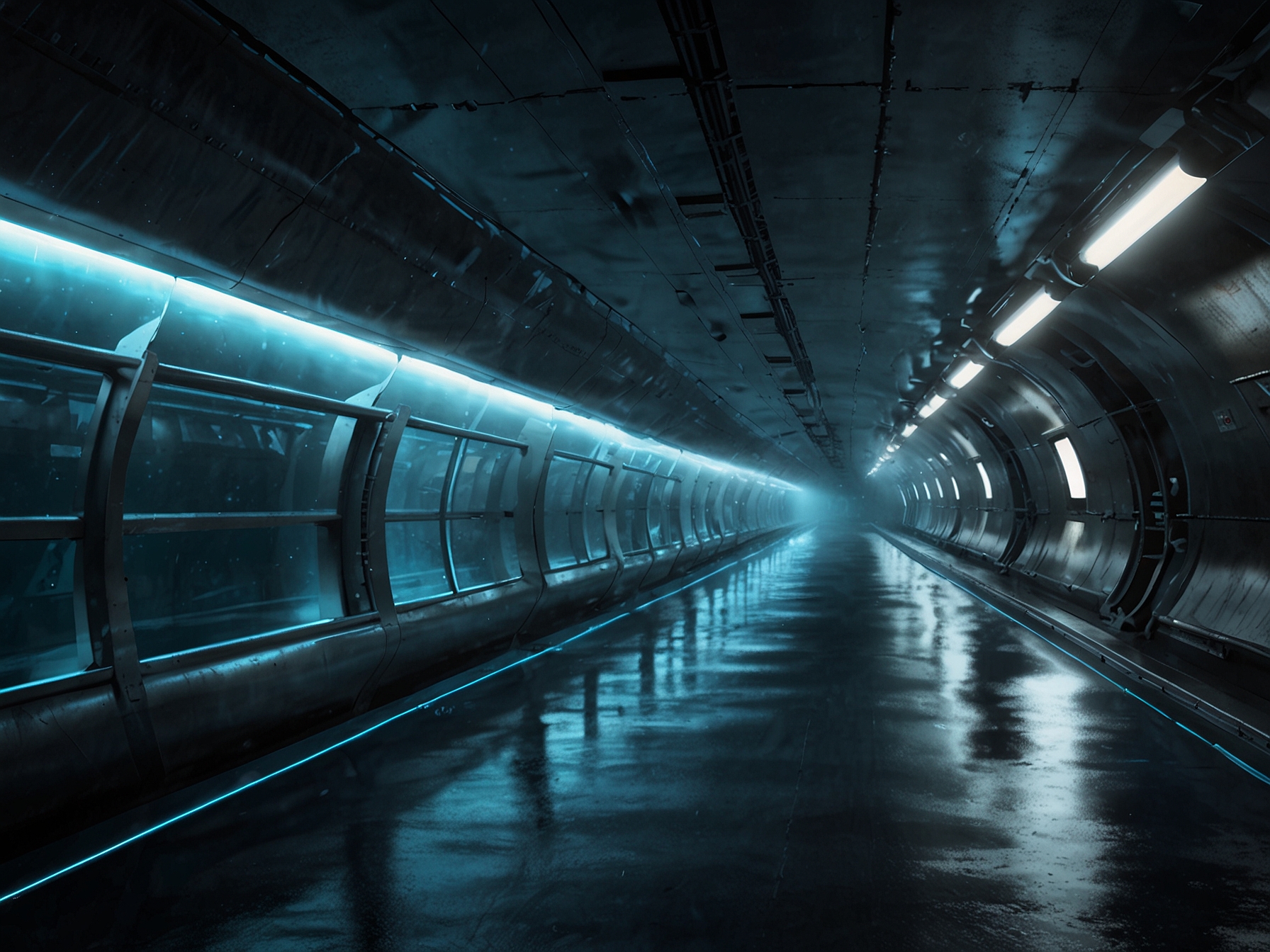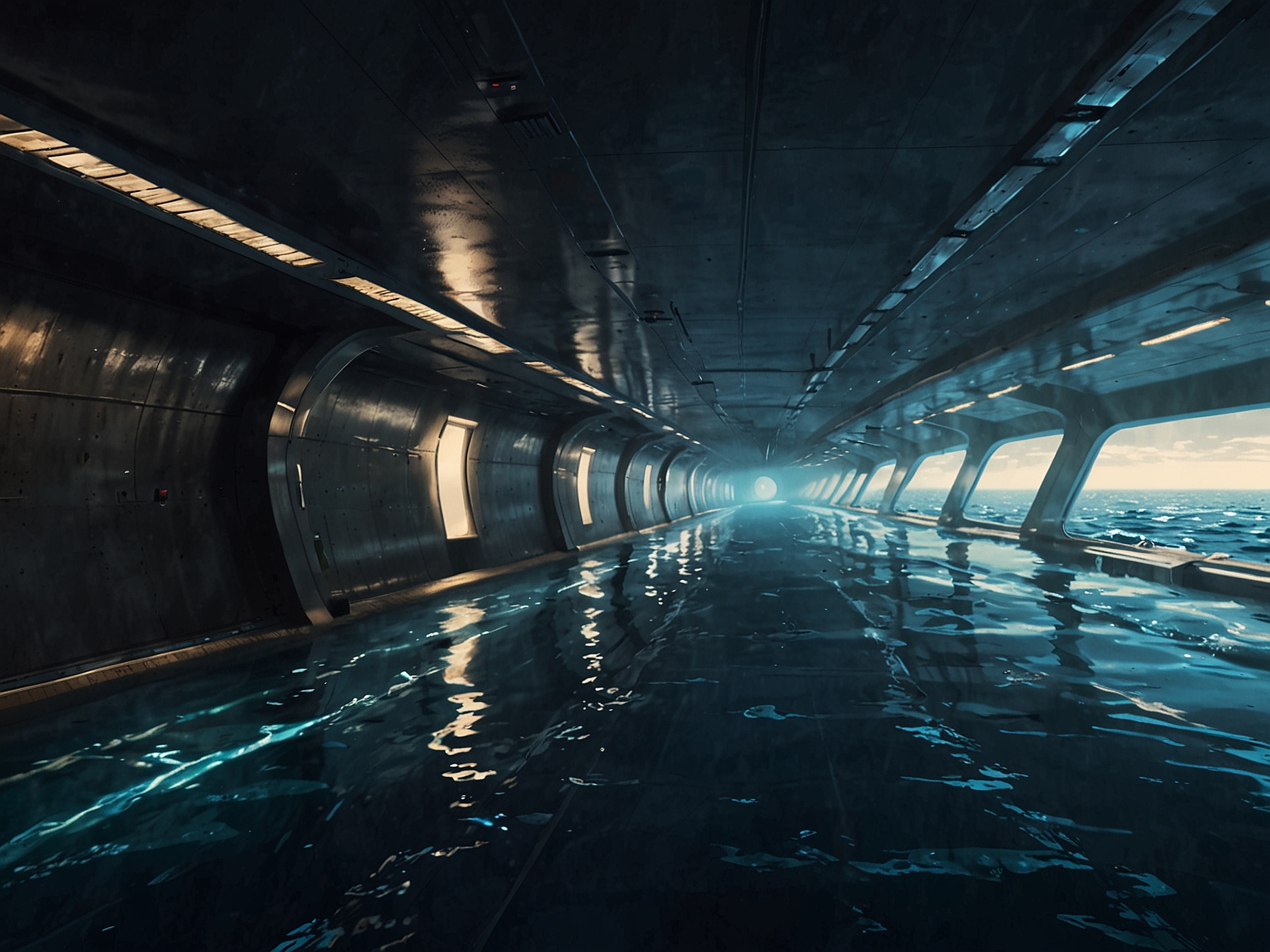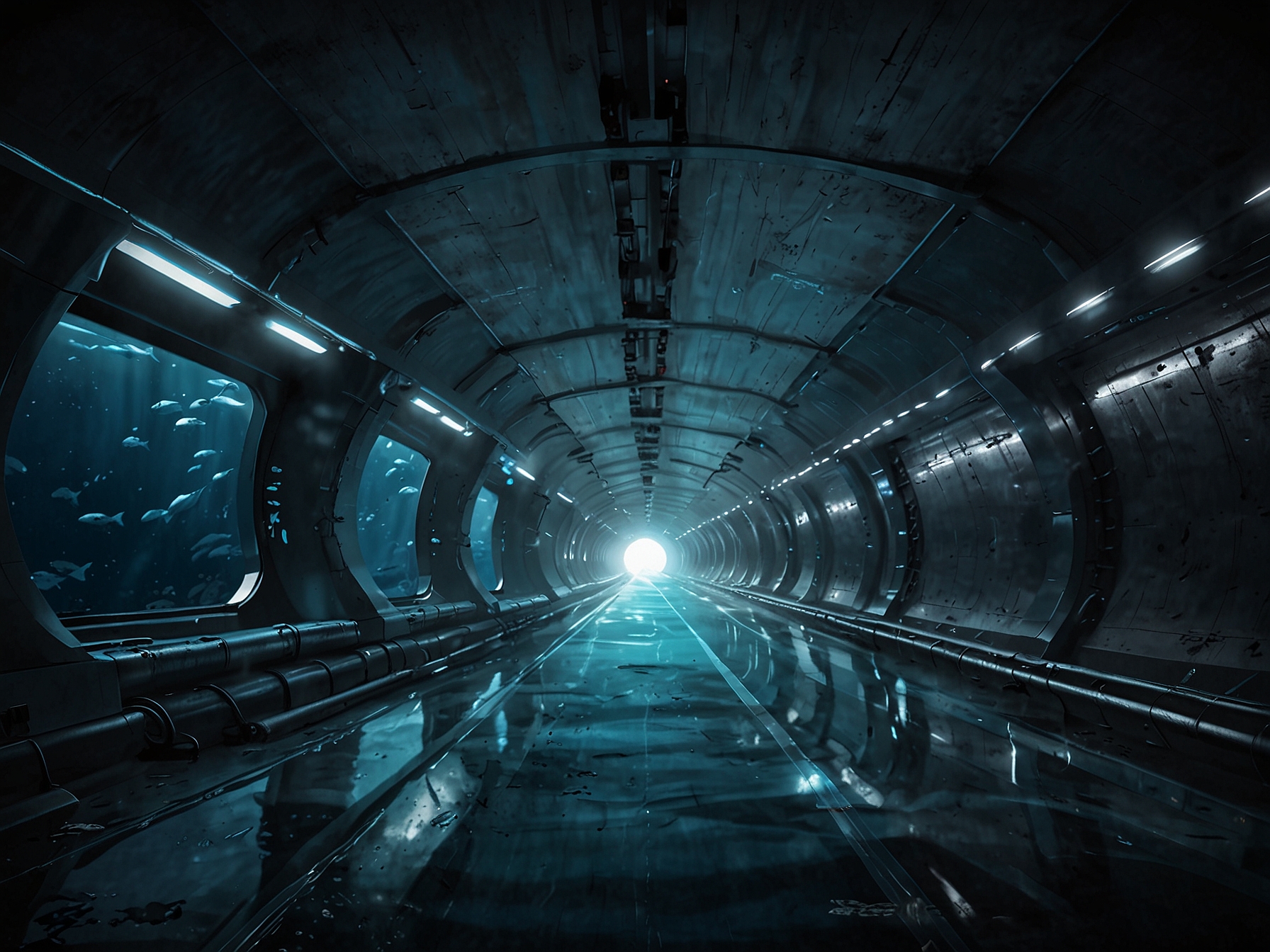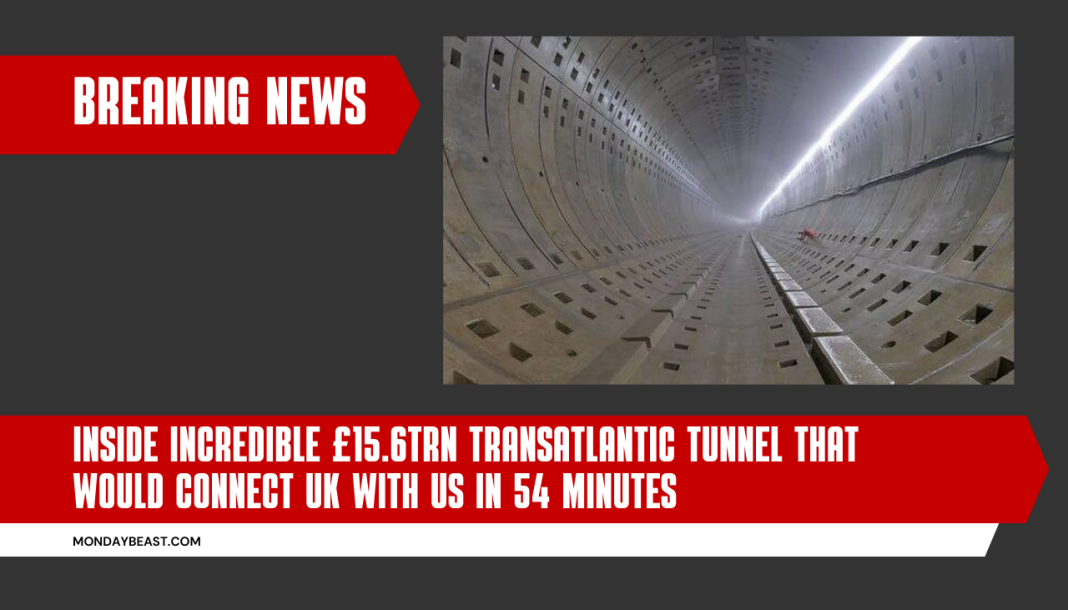The idea of a tunnel linking Britain and the United States has endured for over a century. This ambitious project, with a staggering price tag of £15.6 trillion, tantalizes the imagination. It aims to bridge a 3,400-mile gap, enhancing the ‘special relationship’ between these two nations.
Imagine trading an eight-hour flight from London to New York for a mere morning commute. That dream is what advocates of the transatlantic tunnel hold dear. Such a venture could transform the way we think about international travel.

Yet, the concept is not new. It dates back well over a hundred years. To create this undersea passage, engineers envision a tunnel that would stretch across the depths of the Atlantic Ocean, in parts reaching several miles down. Just think about the Channel Tunnel; it took six grueling years to build a 23.5-mile stretch beneath the English Channel.
How could this dream possibly become a reality? There have been numerous theories. Some propose placing the entire tunnel below the ocean floor. Others suggest a design that lays a conduit above the seabed. A floating tunnel, submerged about 49 meters underwater, has also captured the imagination of many architects and engineers.
This floating tunnel would be made from pre-fabricated segments, anchored by cables, creating a connection between the continents. Advocates report that this structure would allow for high-speed trains to traverse the distance, greatly reducing the travel time. After all, wouldn’t it be incredible to reach another continent in under an hour?

Yet, a tunnel designed for cars poses challenges. The sheer distance would mean that car travel could stretch into days. So, the focus remains on train travel. Imagine a vacuum-tube train, or Vactrain, zipping at speeds of up to 5,000 mph. It’ll sound like science fiction, right? But think: London to New York in just 54 minutes.
Jet propulsion offers another tantalizing avenue for high-speed travel. Imagine carriages blasting off with such velocity. Of course, safety remains paramount. Any high-speed journey would require a careful deceleration period to ensure a smooth arrival. These ideas, while ambitious, highlight the immense complexities that accompany such a vast undertaking.
Despite all the talk, a transatlantic tunnel is still a dream. Presently, no government has seriously considered making it a reality. Yet there are beams of light in the realm of underwater connections. Europe and Africa may soon take the spotlight.

Earlier this year, news broke that Spain and Morocco are exploring an underwater tunnel project. Ten years may see it connecting Punta Paloma in Spain to northern Morocco. Such advances bear comparison to the Channel Tunnel’s 23 miles underwater. However, this new tunnel’s underwater stretch will reach depths of 475 meters.
The Moroccan National Company for Strait Studies (SNED) has begun assessing the feasibility of the project. They aim to solve both financial and logistical challenges. An estimated cost stands around £6 billion. This figure also includes a planned maintenance tunnel.
This connection could redefine mobility between continents, reshaping trade and interaction. Yet, historical discussions about the tunnel date back 40 years, highlighting the complexity behind such infrastructure projects. Both Morocco and Spain recognize the strategic significance of a tunnel linking Europe and Africa.
Could this lead the way for global connections? The optimism surrounding both projects—transatlantic and trans-Mediterranean—runs high. However, for now, they remain dreams on the drawing board.




